Introduction: Infrared thermal imaging cameras are advanced devices widely used across various fields, from building maintenance to medical diagnostics and scientific research. However, selecting a suitable infrared thermal imaging camera requires careful consideration of several factors. In this article, we will explore the key factors to assist you in choosing an infrared thermal imaging camera that meets your needs.
Determine Your Application Field
The first step in choosing an infrared thermal imaging camera is to define your specific application field. Different industries and tasks may require different features and specifications. Whether you're involved in building inspections, electrical maintenance, medical diagnostics, or scientific research, understanding the requirements of your application is crucial in making the right selection.
Resolution Matters
Resolution plays a critical role in the quality of thermal images. Higher resolution typically translates to sharper images and more precise temperature measurements. For tasks demanding detailed assessments, such as identifying small anomalies or conducting scientific research, opt for a camera with higher resolution to ensure accurate results.
Consider Temperature Range and Sensitivity
Every infrared thermal imaging camera has its temperature measurement range and sensitivity. Ensure that the camera you choose can cover the temperature range relevant to your application. Additionally, sensitivity determines the camera's ability to detect subtle temperature differences. Depending on your needs, select a camera with the appropriate sensitivity level.
Evaluate Image Quality
The quality of thermal images is a significant factor to consider. A good thermal image should exhibit clarity, contrast, and minimal noise. Before making your decision, review sample images produced by the camera to assess the image quality and ensure it meets your requirements.
Portability and Battery Life
If you intend to use the infrared thermal imaging camera in different locations, consider its portability. Factors such as size, weight, and ease of transport are crucial for on-the-go applications. Furthermore, understanding the camera's battery life is essential, especially for extended fieldwork or prolonged usage, as longer battery life enhances convenience and efficiency.
Data Storage and Connectivity
Check if the camera offers sufficient data storage capacity to save your records. Additionally, consider the available data transmission options, such as USB, Wi-Fi, or Bluetooth connectivity, to facilitate data transfer to other devices for further analysis.
Budget and Brand Reputation
Lastly, take your budget into account. Infrared thermal imaging cameras come in a wide price range, so it's essential to strike a balance between features and cost. Additionally, consider choosing a reputable brand, as well-known manufacturers often offer better after-sales support, warranties, and software updates.
Conclusion: Selecting the right infrared thermal imaging camera is a critical decision that can significantly impact the quality and efficiency of your work. By carefully evaluating your application needs, resolution requirements, temperature range, sensitivity, image quality, portability, battery life, data handling options, budget, and brand reputation, you can make an informed choice that aligns with your specific goals and ensures reliable thermal imaging results.

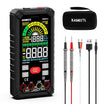
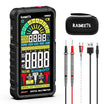
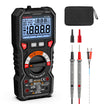
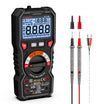

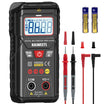
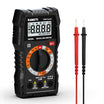
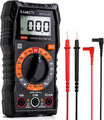
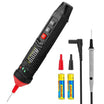
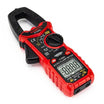
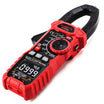
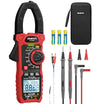
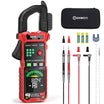

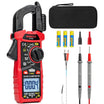
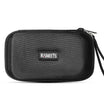
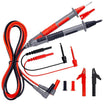
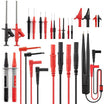

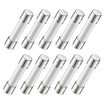
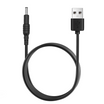
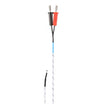
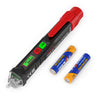
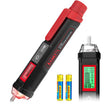


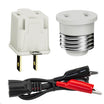
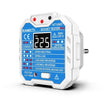
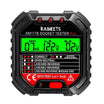
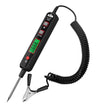
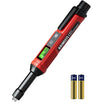

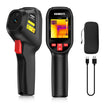
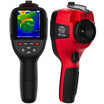
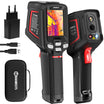
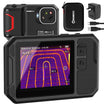
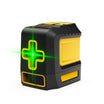
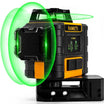


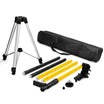
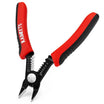
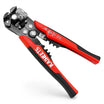
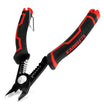
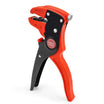
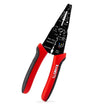

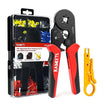



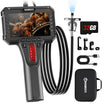
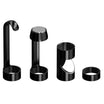
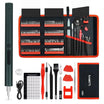
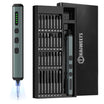


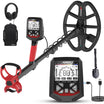
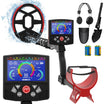
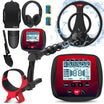

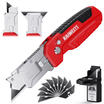
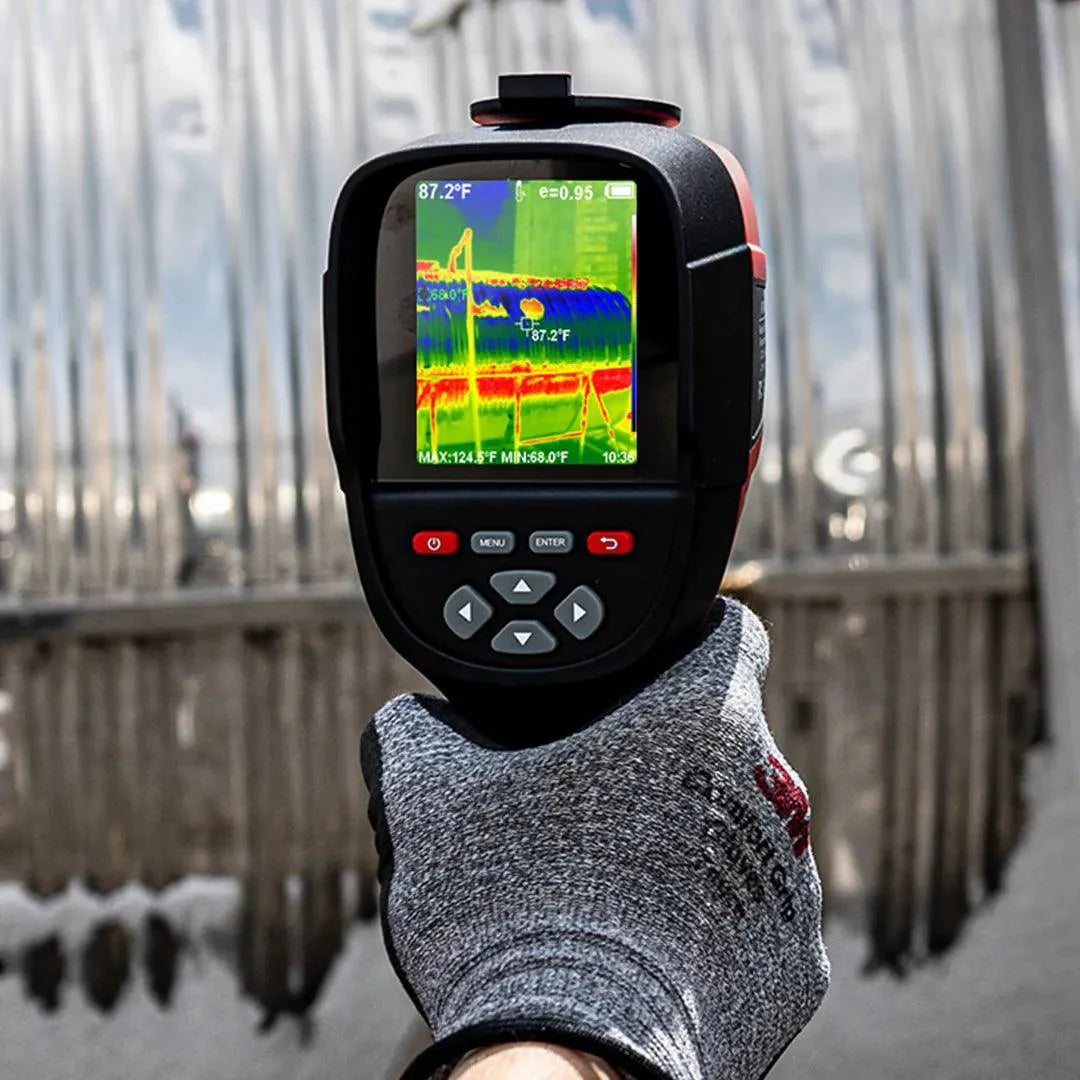

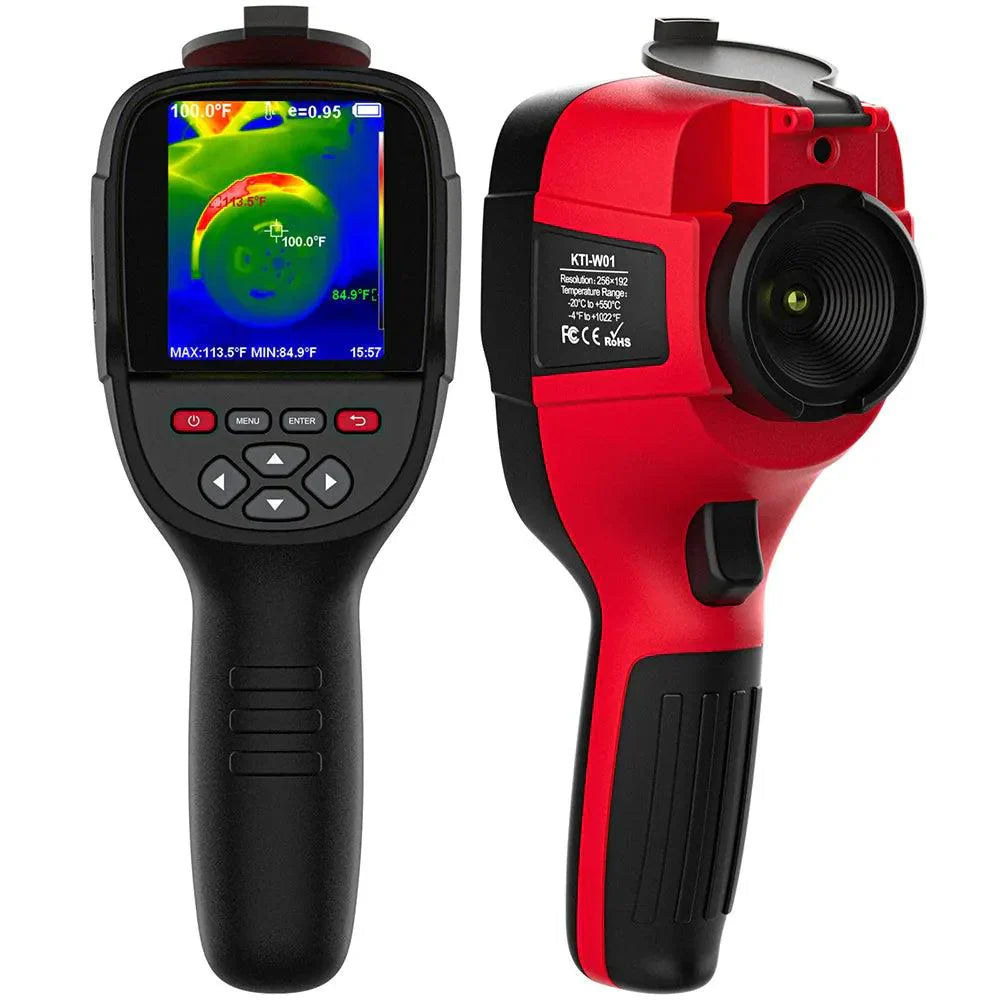
Dejar un comentario
Todos los comentarios se revisan antes de su publicación.
Este sitio está protegido por hCaptcha y se aplican la Política de privacidad de hCaptcha y los Términos del servicio.